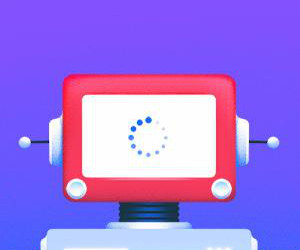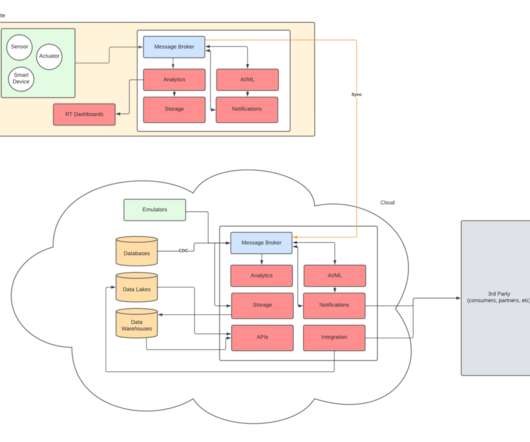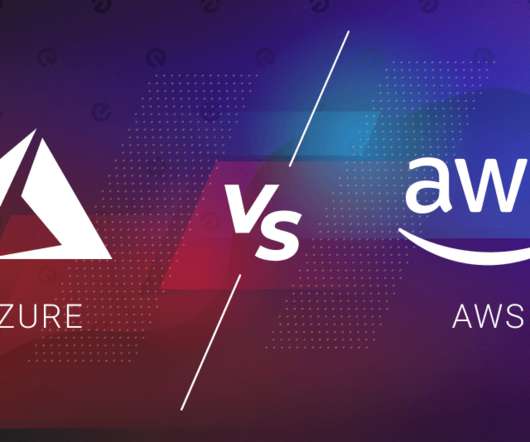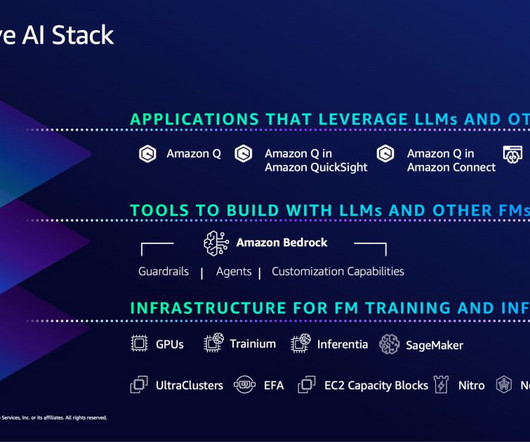Eye On AI: So Much For That Funding Slowdown
Crunchbase News
FEBRUARY 22, 2024
February, however, has told a very different story — highlighted this week with reports China’s artificial intelligence startup Moonshot AI raised more than $1 billion in a funding round led by the Alibaba Group Holding and HongShan, formerly Sequoia Capital China. billion valuation led by Thomas Tull ’s US Innovative Technology Fund.















Let's personalize your content